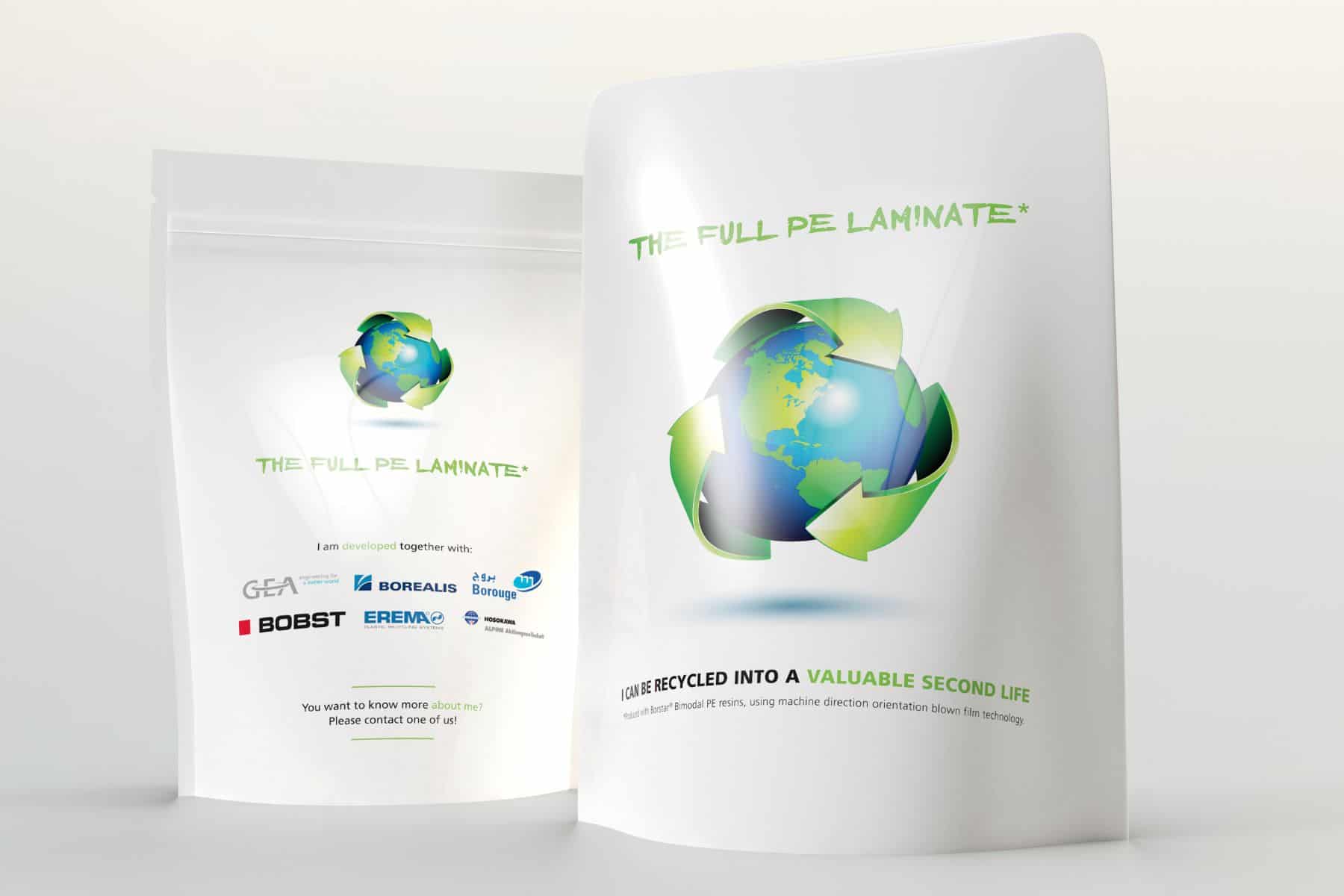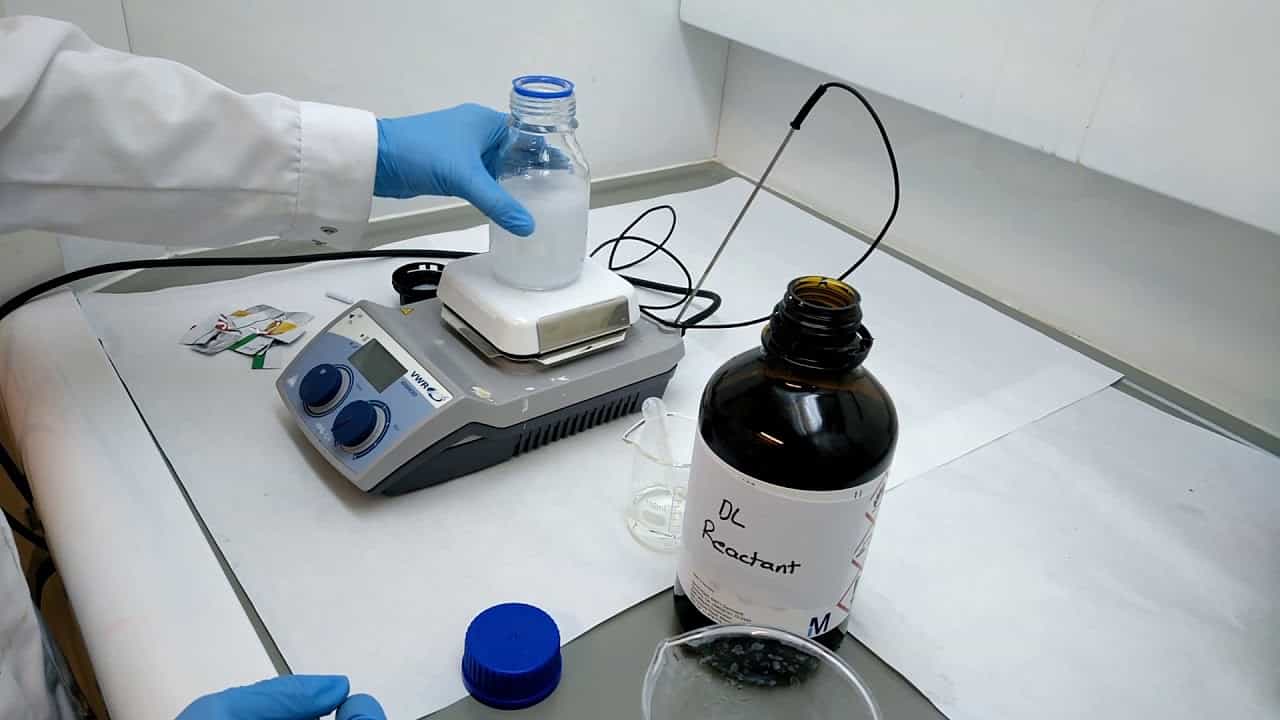Multilayered plastics are one of the largest categories of materials that still cause problems in recycling.
When it comes to solving problems, it's often hard to distinguish well-intentioned action of any sort from meaningful, targeted progress. This feels especially true when thinking about major problems in the world that continue to present challenges after decades of work - like plastic pollution.
There are lots of solutions to plastic pollution that have received attention over the years. from cleaning up waste from the oceans to creating bans for single-use plastic bags. The problem is that none of these solutions have really made a significant change when it comes to the largest category of plastic waste: plastic packaging.
Developing countries, in particular, face unique challenges when it comes to commercial and industrial uses of plastic packaging. This is especially true given the prominent use of multilayered packaging, which is a type of packaging that is very hard to recycle/reuse effectively.
This occurs because multilayered plastics have several thin sheets of materials (including aluminium, plastics, and paper) that are laminated together and are difficult to separate. Recycling plastic materials requires them to be melted down, but the different materials (with different melting points) can't be separated. Due to this, it's hard to use typical processes (specifically, 'extrusion') to recycle multilayered plastics (Source).

Why is Multilayered Packaging Significant?
To provide context to the problem, over 45% of plastic waste generated in 2015 was from packaging materials (Source). And up to 56% of plastic packaging in developing countries consists of multilayered materials (Source). In fact, it is estimated that every residence in the U.S. uses 27kg of multilayered plastic films each year, representing a $25B market in North America alone (Source).
From interviews with organisations that are working to increase recycling rates in the developing world, it is evident that these materials still present a substantial challenge in creating better recycling systems (Source). The most common way to manage these plastics is either sending them to landfills (or more often, open dumps in developing countries) or incineration (Source).
So if these materials pose known challenges, why are they used in the first place? Well, the reason is that they yield a substantially greater amount of benefits in comparison to their drawbacks. To list some of the many benefits of multilayered materials (Source):
- Especially in developing countries in South Asia, packaged (food products especially) require a shelf life of up to a year in challenging weather conditions (ex. high humidity or large temperature variability). Even after 50 years of industrial research, multilayered packaging including metallized films is the only feasible option developed for this.
- Additionally, most commercial packaging requires ink printing that may contain materials which are toxic when ingested. Alternatives to multilayered packaging like cardboard or paper don't offer products with adequate protection from these toxic materials used in printing.
- Multilayered packaging is often opaque due to metal films used. This prevents light from reaching products, which can decrease shelf life for edible products (especially ones that contain fat). Alternative thin-film packaging that only has one recyclable plastic polymer (ex. LDPE) is often transparent.
- Multi-layer packaging is extremely light and does not require a lot of material input when compared to alternatives like rigid plastic packaging, metals, or glass. This creates substantial savings in production, transportation, and other costs that more than compensate for the environmental impacts due to a lack of recyclability.

What are the potential solutions here?
For one, researchers and industry groups are currently working to create new processes to recycle multilayer plastics. Typically, this has been done by dissolving the different layers of multilayered plastics in organic chemicals. This was not feasible, however, since the chemicals were often toxic or flammable and the process was expensive.
That said, new processes are being developed to get around this. An example is from a research grooup at the University of Alicante in Spain. Their new process creates microscopic holes in multilayered plastics which are used to deliver chemicals between different material layers. These react with the multilayered plastics to remove adhesives, ink, etc. between the layers and separate the material into different recyclable layers.
This can recycle most types of multilayered plastics and only uses environmentally-friendly chemicals! Still, this particular process is only starting to enter the stage of being deployed commercially. There's still a ways to go before new processes to recycle multilayered plastics will be economically feasible and scalable on the whole.
Then, there are also new multilayered materials being developed that have recyclable properties. Companies like Borealis offer a range of plastic materials (including multilayered ones) that are made from conventional plastic layers like PE and PP (Source). It's difficult to learn about the proprietary materials developed and how they differ from conventional materials, but Borealis asserts these materials are 100% recyclable.

Still, up to 56% of multilayered plastics were made from just 5 material combinations (that weren't recyclable) in 2017 (Source). A sizable portion of the remaining multilayered plastics types were also not recyclable. Clearly, there is more room for growth in developing recyclable, cost-effective multilayered plastics.
Finally, it should also be pointed out that it isn't ALWAYS necessary to use multilayered plastics for these applications. For instance, a larger-scale restaurant or another business that buys products in multilayered sachets could likely switch to reusable containers and buy products in bulk (while saving money). This is less true for simply using other packaging alternatives (ex. rigid LDPE plastic containers or glass containers), often due to a lack of the desired material properties described earlier.
Additionally, while it doesn't always make economical sense to transition away from multilayered plastics, consumer (and other) pushback against these materials is starting to give companies (mostly in developed countries) a CSR/marketing incentive to avoid their use where possible. Companies like Plastic Bank attempt to help packaging producers transition away from multilayered plastics to ethically-sourced plastics to maximise efforts like these.
Look for Mr. Muscle® Platinum Window & Glass cleaner bottles made from 100% #oceanboundplastic, available in the #UK and #Ireland!
— Plastic Bank (@PlasticBank) June 30, 2020
We're proud to partner with @SCJohnson to collect 30,000 metric tons of plastic waste over 3 years to be integrated into packaging.#socialplastic pic.twitter.com/2UlZVHEbQr
Still, when it comes to simply reusing materials, however, there are cases where consumers in developed countries might not be able to afford larger containers or face other challenges that prevent the usage of reusable products. Thus, this solution is already being deployed in some contexts, but isn’t scalable across all uses of multilayered plastics.
So what can we make of all this? Well, it goes without saying that we need to find a better material than multilayered plastics eventually (when it comes to recyclability). There are considerable benefits from multilayered plastics that can't be ignored. So these benefits need to also be part of the solutions (currently at small scales) that will eventually replace multilayered plastics for the better.
That being said, there would be more harm done than benefit in phasing out their use COMPLETELY to replace them with recyclable alternatives right now. This is where policies like India's unfolding ban on single-use plastics (apart from multilayered ones) are essential in considering the nuanced approach needed to increase recycling rates in developing countries (Source).
So when it comes to solving plastic pollution, addressing multilayered plastics is one of the most important challenges to work on. If we can do it right and prioritise meaningful changes instead of well-intentioned (but ineffective) action - this core issue will be one of the crucial milestones for solving problems with plastic waste for good!
Further Reading:

